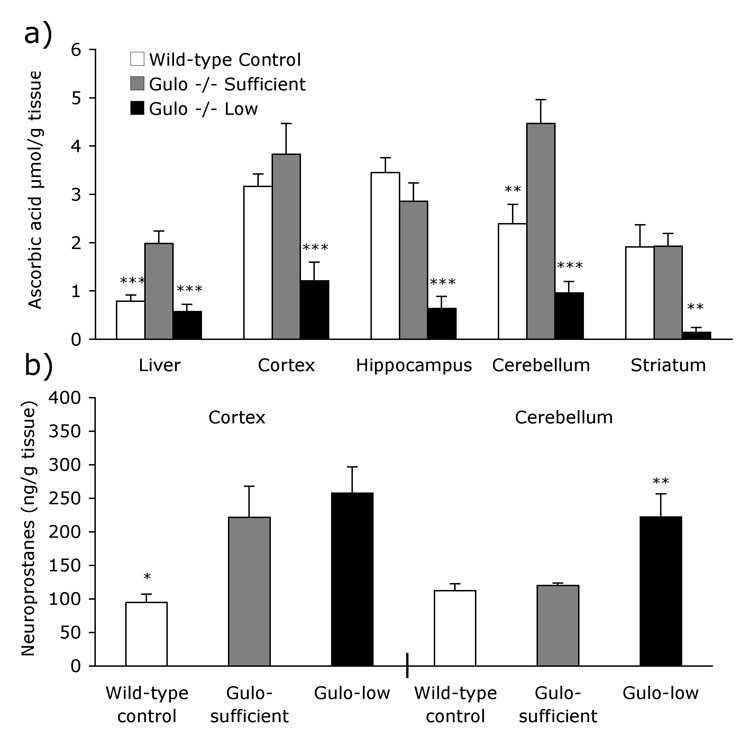Figure 1. Neurochemical differences in Gulo−/− mice.
(a) The low (0.033g/l) dose of ascorbic acid was enough for Gulo-low mice to maintain wild-type levels in liver but not in brain. Greater ascorbic acid supplementation (0.33g/l) in the Gulo-sufficient group resulted in higher levels of ascorbic acid than wild-type mice in liver and cerebellum. Gulo-sufficient mice had significantly higher ascorbic acid levels than Gulo-low mice in all areas assayed. (b) F4-Neuroprostanes were elevated in the cortex in both groups of Gulo knockouts despite high ascorbic acid levels in the Gulo-sufficient group. In the cerebellum only Gulo-low mice had elevated neuroprostane levels. Bars represent group mean ± S.E.M. Group differences are depicted as follows: Gulo-low or wild-type control from Gulo-sufficient * P <.05, ** P <.01, *** P <.001.

